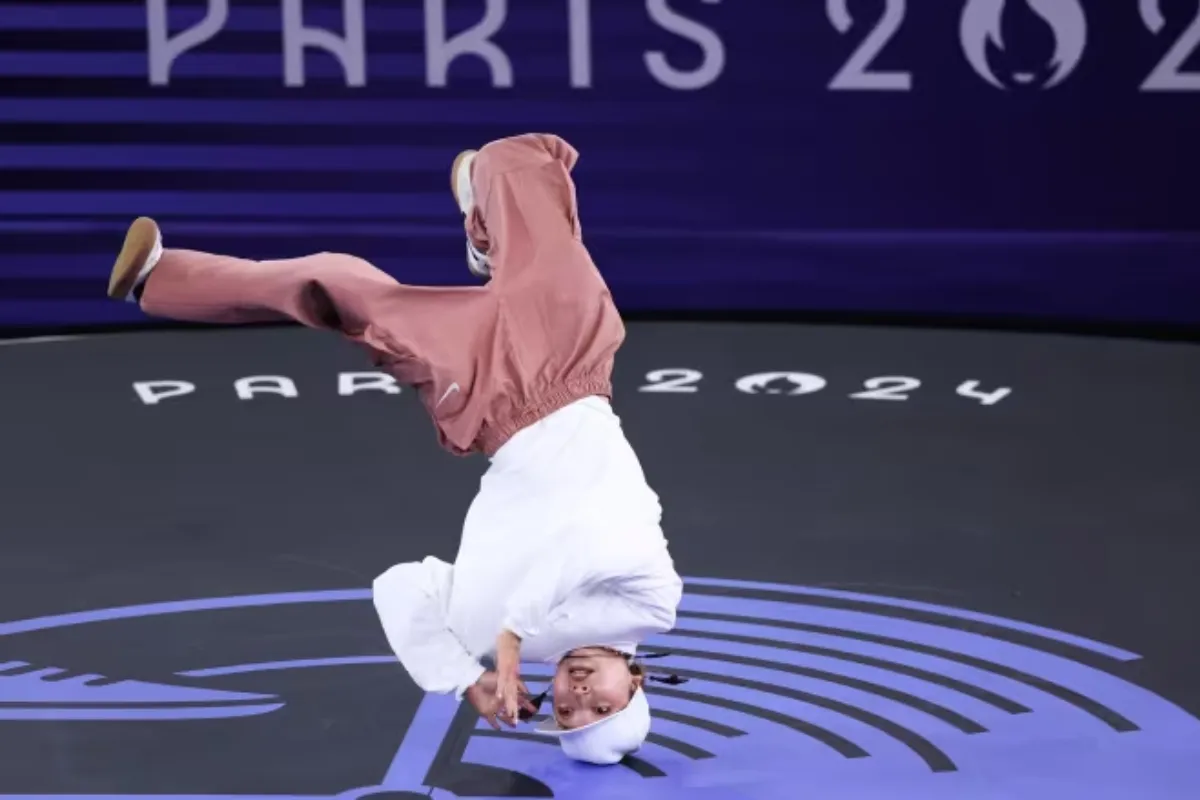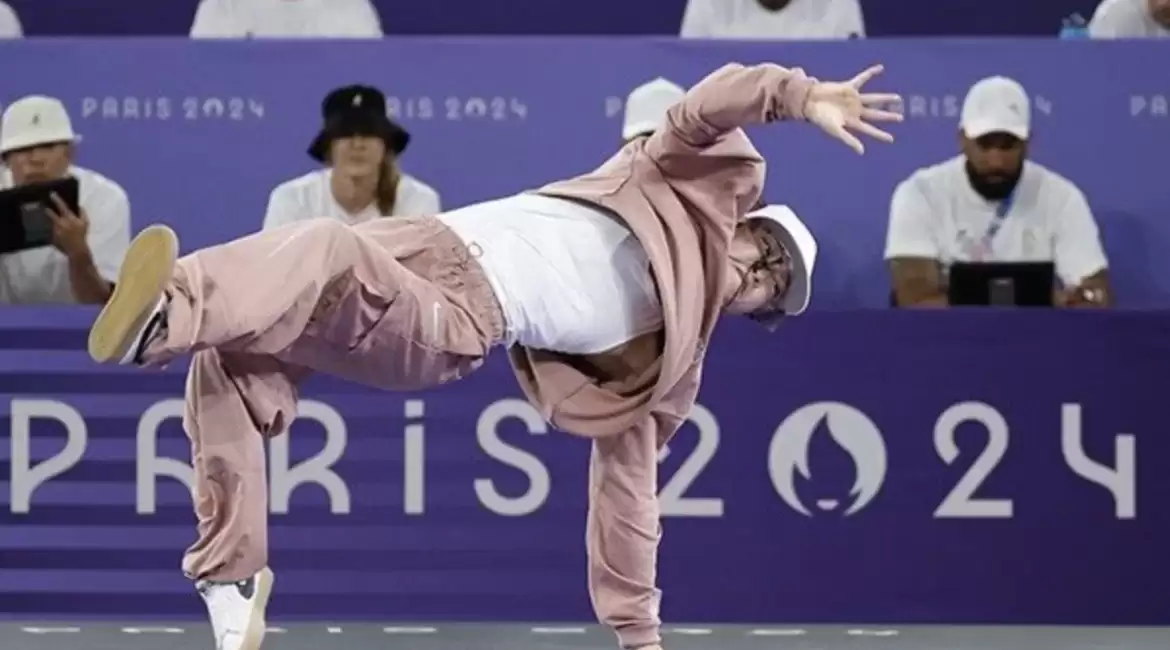The Paris 2024 Olympics marked a historic moment as breaking made its long-awaited debut in the Olympic arena. This high-energy dance style, rooted in hip-hop culture, captivated audiences around the world and showcased the incredible athleticism and artistry of its practitioners. Among the standout performers was Japan’s b-girl, Ami Yuasa, who clinched the first-ever gold medal in women’s breaking. Her remarkable journey and the thrilling competition set the stage for what promises to be a transformative era for dance in the world of sports.
The Rise of Breaking
Breaking, often referred to as breakdancing, emerged in the 1970s in the South Bronx, New York City. Born from the vibrant hip-hop culture, it quickly evolved into a dynamic art form that combines music, dance, and self-expression. Over the decades, breaking has grown from street corners and underground competitions to become a global phenomenon, with dancers showcasing their talents in various contexts, from local cyphers to international competitions.
The rise of breaking can be attributed to its infectious energy and the way it allows individuals to express their identities. As a blend of acrobatics, creativity, and rhythm, breaking attracts a diverse community of dancers, each bringing their unique influences and styles. This rich tapestry of backgrounds adds depth to the art form, making it an exciting and ever-evolving discipline.

Breaking’s Olympic Journey
The inclusion of breaking in the Olympic Games marks a significant milestone for the dance community. It represents a recognition of street dance as a legitimate sport, capable of captivating global audiences. However, this journey was not without challenges. Organizers had to navigate the complexities of presenting a subculture rooted in spontaneity and individual expression within the framework of a structured competition. Despite initial skepticism, the overwhelming success of the debut event demonstrated that breaking has a rightful place on the Olympic stage.
The Competition Format
The women’s breaking event featured 17 talented b-girls representing various countries, including Japan, Lithuania, China, and the Netherlands. The competition unfolded in a knockout format, beginning with the quarterfinals. Eight dancers faced off in intense three-round battles, showcasing their skills, creativity, and athleticism. This format not only heightened the competition but also allowed for exhilarating moments as dancers pushed the limits of their abilities.
Ami Yuasa’s Journey to Gold
Ami Yuasa’s performance in the competition was nothing short of extraordinary. Known for her fluid movements and powerful style, Ami captivated the judges and the audience alike. Throughout the event, she demonstrated exceptional control and creativity, transitioning seamlessly between intricate footwork and explosive power moves. Her journey to gold was marked by determination and an unwavering commitment to her craft.
The Final Showdown
The final battle between Ami and b-girl Nicka (Dominika Banevič) from Lithuania was the highlight of the competition. As the two dancers faced off in the ultimate showdown, the atmosphere was electric. Fans filled the Place de la Concorde stadium, cheering and dancing along with the music. Each round was a display of creativity, technique, and individuality, with both dancers pushing the boundaries of what breaking can achieve.
Ami’s ability to connect with the audience and adapt to the music played a crucial role in her victory. Her signature moves, including intricate spins and powerful freezes, showcased her mastery of the art form. Ultimately, she triumphed over Nicka, winning all three rounds and earning the coveted gold medal.
The Celebration of Diversity
The breaking competition celebrated diversity in its truest form. Dancers from 15 countries, including representatives from the Refugee Olympic Team, showcased their unique styles and cultural influences. This global representation highlighted the unifying power of dance, fostering a sense of camaraderie among competitors and spectators alike. Breaking transcended borders, bringing people together through a shared passion for movement and expression.

The Judges and the Judging System
A panel of nine judges, all accomplished b-boys and b-girls themselves, played a vital role in the competition. Their expertise and understanding of breaking allowed for accurate and fair evaluations. The judges employed the Trivium judging system, which divided scoring into five categories: technique, vocabulary, execution, musicality, and originality. Each category accounted for 20 percent of the final score, ensuring that all aspects of a dancer’s performance were considered.
The Role of the DJs
Integral to the competition’s success was the presence of the DJs, who provided a live soundtrack for each dancer’s routine. The element of surprise added an exciting dynamic, as b-girls had to adapt their performances to the beats spun by the DJs. This live music experience created an electric atmosphere, allowing dancers to engage with the rhythm in real-time and elevating the overall excitement of the event.
Audience Engagement and Energy
The breaking competition was characterized by its unique audience engagement. The presence of two energetic emcees amplified the excitement, as they interacted with the crowd, responding to the dancers’ performances and personalities. Fans were not merely spectators; they became part of the experience, cheering, dancing, and celebrating the artistry unfolding before them.
The Impact of Breaking on the Olympic Stage
The successful debut of breaking at the Olympics has sparked important conversations about the future of the sport. While breaking was added for the Paris 2024 Olympics, there are uncertainties regarding its inclusion in future Games. Organizers faced the challenge of introducing breaking and hip-hop culture to a mass audience, many of whom were initially skeptical about the dance form’s place in the Olympic roster. However, the enthusiasm and skill displayed during the competition have left a lasting impression.
The Significance of the Event
Ami Yuasa’s gold medal victory holds profound significance not only for her but also for the entire breaking community. It symbolizes the culmination of years of hard work, dedication, and passion. Ami’s success paves the way for future generations of dancers, encouraging them to pursue their dreams and express themselves through movement. The recognition of breaking as an Olympic sport elevates the art form and inspires young artists to explore their creativity.
Looking Ahead
As the women’s competition concluded, the spotlight shifted to the b-boys, who were set to take the stage the following day. One standout competitor was Canada’s b-boy Phil Wizard (Kim), a medal hopeful with an impressive track record in the breaking scene. The anticipation for the men’s event was palpable, as fans eagerly awaited the next chapter in Olympic breaking history.
Beyond the Competition: Breaking as a Cultural Movement
Breaking is not just a sport; it is a cultural movement that encompasses music, art, and self-expression. Its roots in hip-hop culture serve as a reminder of the importance of community and creativity. The Olympic stage provides a unique opportunity to showcase this cultural significance to a global audience.
The Role of Community in Breaking
At the heart of breaking lies a strong sense of community. Dancers support one another, sharing knowledge and skills, creating a collaborative environment that fosters growth and creativity. This communal aspect is evident in the way dancers interact during competitions, often exchanging tips and encouragement before battles. The breaking community thrives on collaboration, celebrating each individual’s unique style while also uplifting the collective.

The Future of Breaking in the Olympics
While breaking made its debut in Paris, its future in the Olympic Games remains uncertain. As organizers plan for upcoming events, the challenge will be to sustain interest in breaking and secure its place in the Olympic roster. Dancers and enthusiasts alike are eager to see how the sport evolves and whether it can maintain its relevance in the competitive landscape.
The Legacy of Breaking
Regardless of its Olympic status, breaking will continue to inspire and empower individuals around the world. The legacy of this dance form extends beyond competitions, influencing music, fashion, and culture. As breaking gains recognition, it opens doors for dancers to showcase their talents on various platforms, from local stages to international arenas.
Conclusion
The debut of breaking at the Paris 2024 Olympics has ushered in a new era of athletic competition, celebrating creativity, individuality, and the spirit of hip-hop culture. Ami Yuasa’s stunning performance and the vibrant energy of the event captured the essence of breaking, showcasing the immense talent and dedication of its practitioners. As the world embraces breaking as a legitimate sport, it is essential to recognize the artistry and skill that dancers bring to the floor. The Olympic stage has provided a platform for these talented individuals to shine, and the legacy of breaking will undoubtedly influence the future of dance for years to come. The journey of breaking is just beginning, and its impact will resonate across generations, inspiring countless individuals to express themselves through the power of movement.


Leave a reply